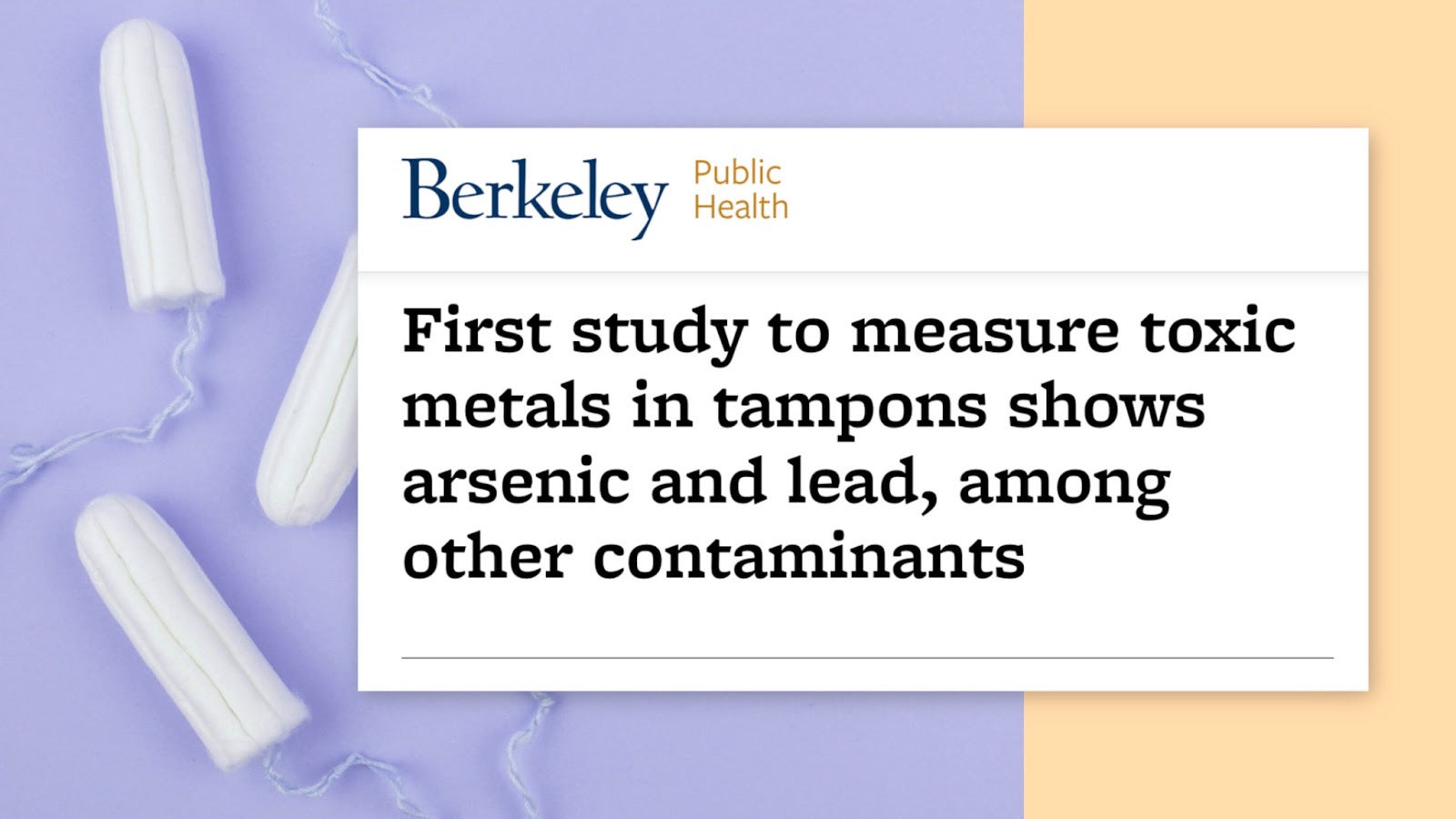Urinary incontinence is no fun — but is there now an office-based treatment that can take you from wearing pads to dry in a five-minute office session? Stick around and find out!
Don’t have time to read this post? Watch the video here instead!
Urinary incontinence is the involuntary loss of urine. Now this can happen when you are moving around or having some kind of a valsalva (stress). This is called stress incontinence. It can also happen from an overactive bladder.
Stress incontinence occurs when there’s some type of stress. I don’t mean being stressed out — I mean some kind of stress in the body that increases the abdominal pressure. Something like coughing or sneezing, lifting something heavy, or trampoline — and urine loss occurs.
The other type of incontinence is urge incontinence — where you have to run to the bathroom to get there in time, or getting up at night to go to the bathroom.
These are two different types of incontinence, and they are treated very differently. We’re going to talk about the first one, stress incontinence. Stress incontinence is very common — about 30% of women will experience this involuntary loss of urine at some point during their life. Now, conservative treatment options should always be attempted first — such as management of fluids, the use of pelvic floor exercises (or pelvic floor therapy), as well as medications. Some medications make incontinence more likely, and some medications make incontinence less likely.
The gold standard for the cure (for the last two and a half decades) has been an incontinence sling, which is a small piece of mesh that goes underneath the urethra and forms a hammock and prevents excessive mobility of the urethra. The sling restores some of the strength around the urethra, as stress incontinence is essentially caused by weakness of the connective tissue — leading to hypermobility of the urethra. Now, you may have heard of vaginal prolapse mesh or “the bad mesh.” This has nothing to do with the stress incontinence slings, and you can check that information out in this video here.
What about other options?
So there is another, very minimally invasive procedure. There are no incisions, and it’s done through a small telescope that goes into the urethra and injects a collagen-like substance — causing the edges to coapt (or come together). This results in resolving the incontinence (or the leaking). Now, the bulking procedure can be done in the operating room under anesthesia, or it can even be done in the office! And in a ten-minute session, you can go from wearing pads to being dry without going to sleep.
Now, bulking has been around for many years. But three years ago, the FDA approved a new bulking that involves a polyacrylamide, which is a collagen-like substance that makes it easier for the physician to place, more tolerable for the patient, and with higher satisfaction rates and better outcomes.
Myth-busting!
Myth #1: Incontinence is just a part of aging.
Although you are more likely to be incontinent as you age, it is NOT a natural part of aging. It represents a disease process — and there are many simple treatments (as we discussed).
Myth #2: There’s nothing you can do about incontinence, so you may as well just wear a pad.
Well, the pad/garment industry is a several-hundred-million-dollar-a-year industry, and they’re counting on you doing nothing!
But you should know that there are many safe and effective treatments — including a mesh incontinence sling, which leads us to the third myth…
Myth #3: You can only treat incontinence with a mesh sling.
So this is NOT true. I would say that mesh incontinence slings are the gold standard. They have the highest success rate in a head-to-head study with bulking. They are superior and have better outcomes. And although they have more complications, complication rates are low.
It basically comes down to: “Do you want the least invasive option that gets you really good success rates?” Then you lean towards bulking. Or: “Do you want the more definitive treatment?” Then you’d lead towards doing a mesh sling.
So urethra bulking is an effective, minimally invasive treatment. But it is a newer treatment — and many providers aren’t necessarily going to know about it. So make sure you do your research and find a GYN specialist, a urogynecologist, or a urologist who can discuss all of the various treatment options — and give you the best possible outcome.
Whoa, whoa. Don’t, don’t sign off yet! Make sure you hit that subscribe button, and we’ll see you next time.




